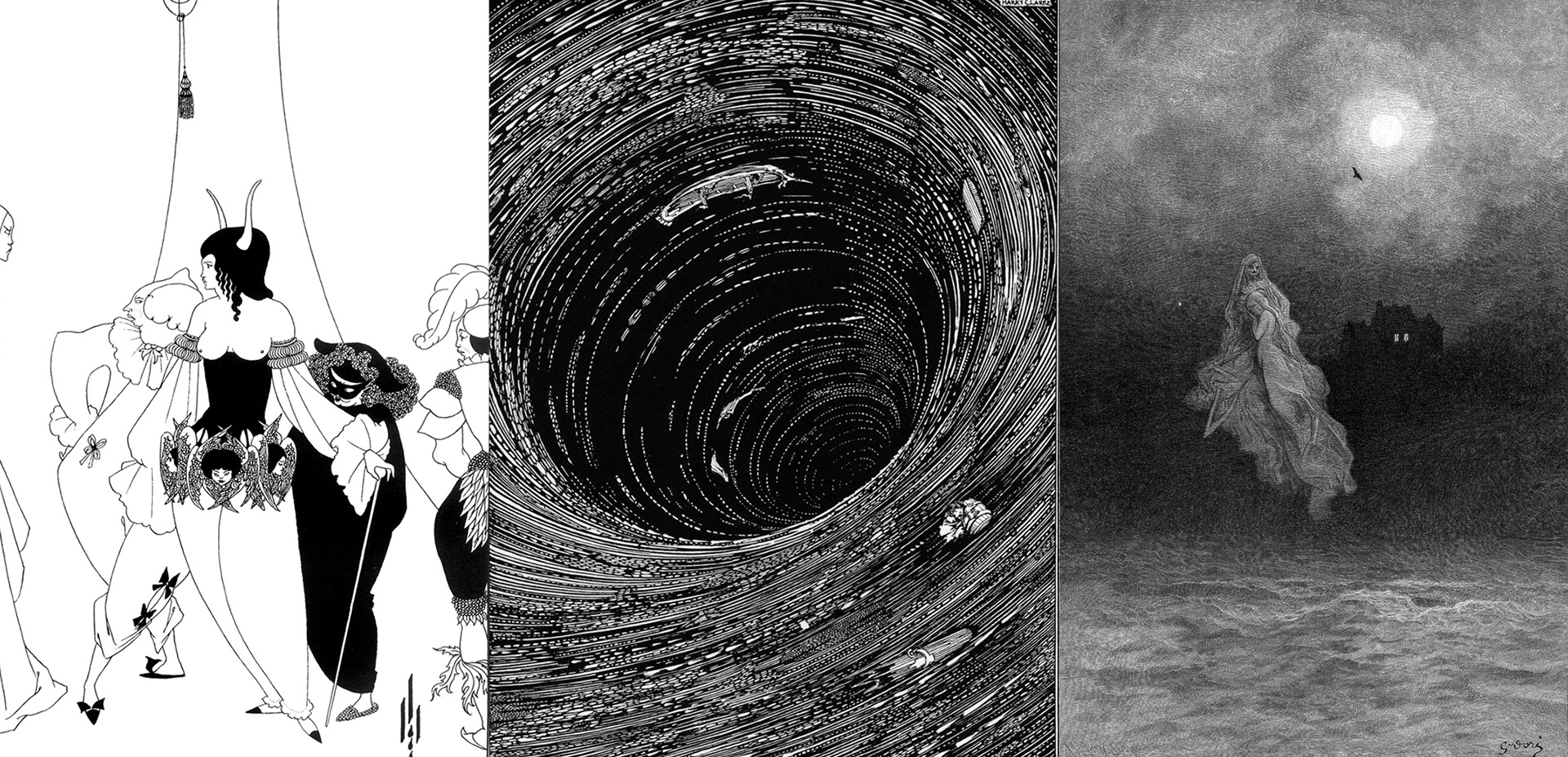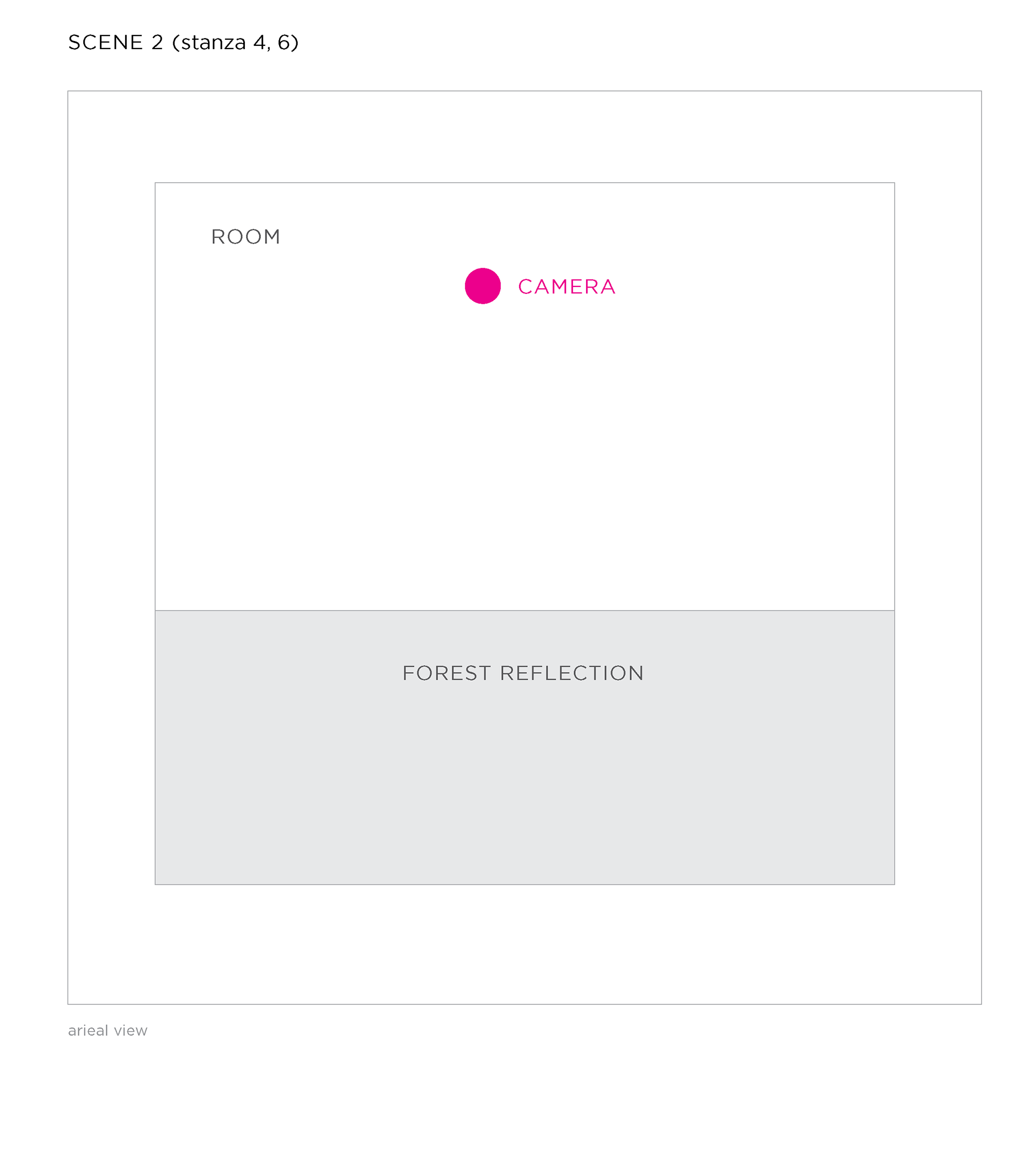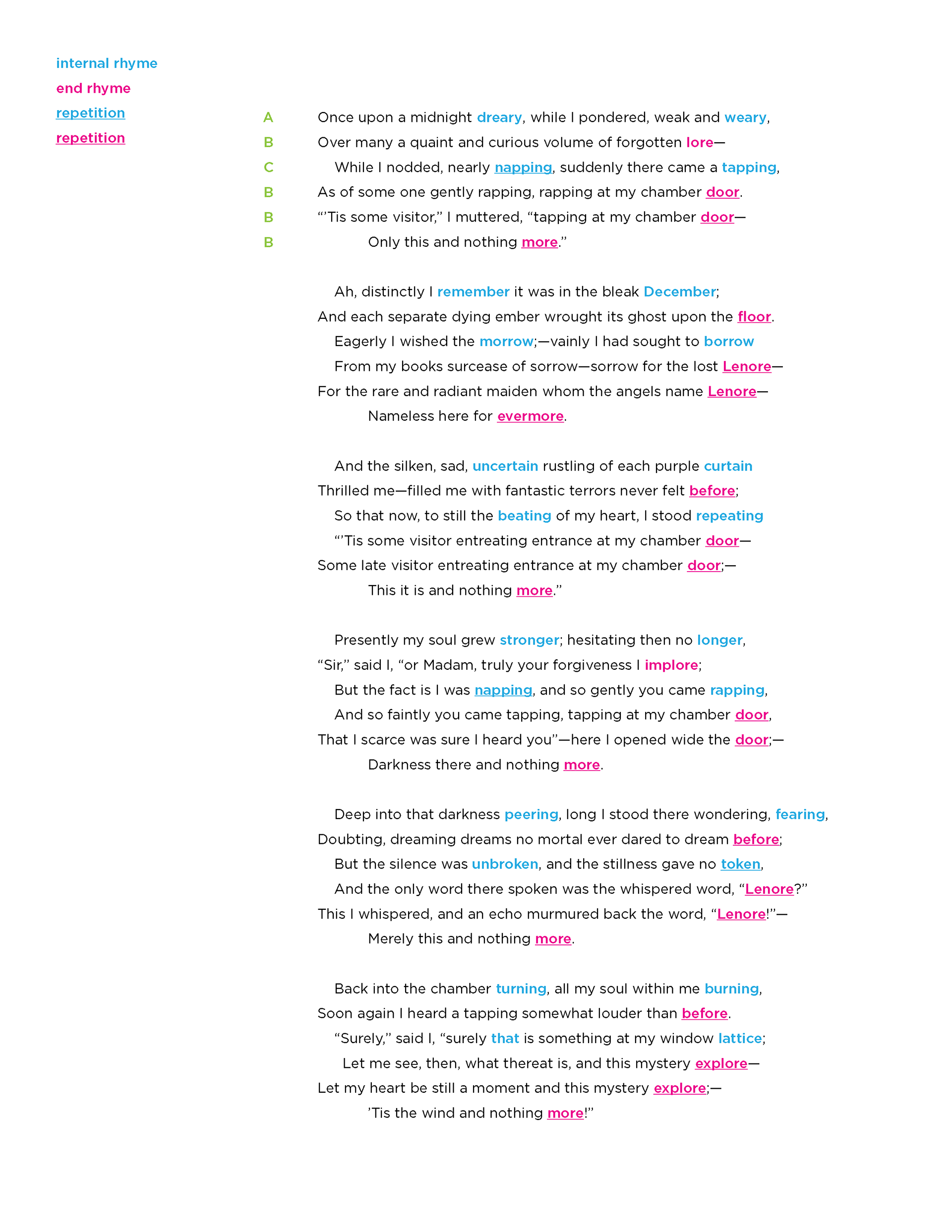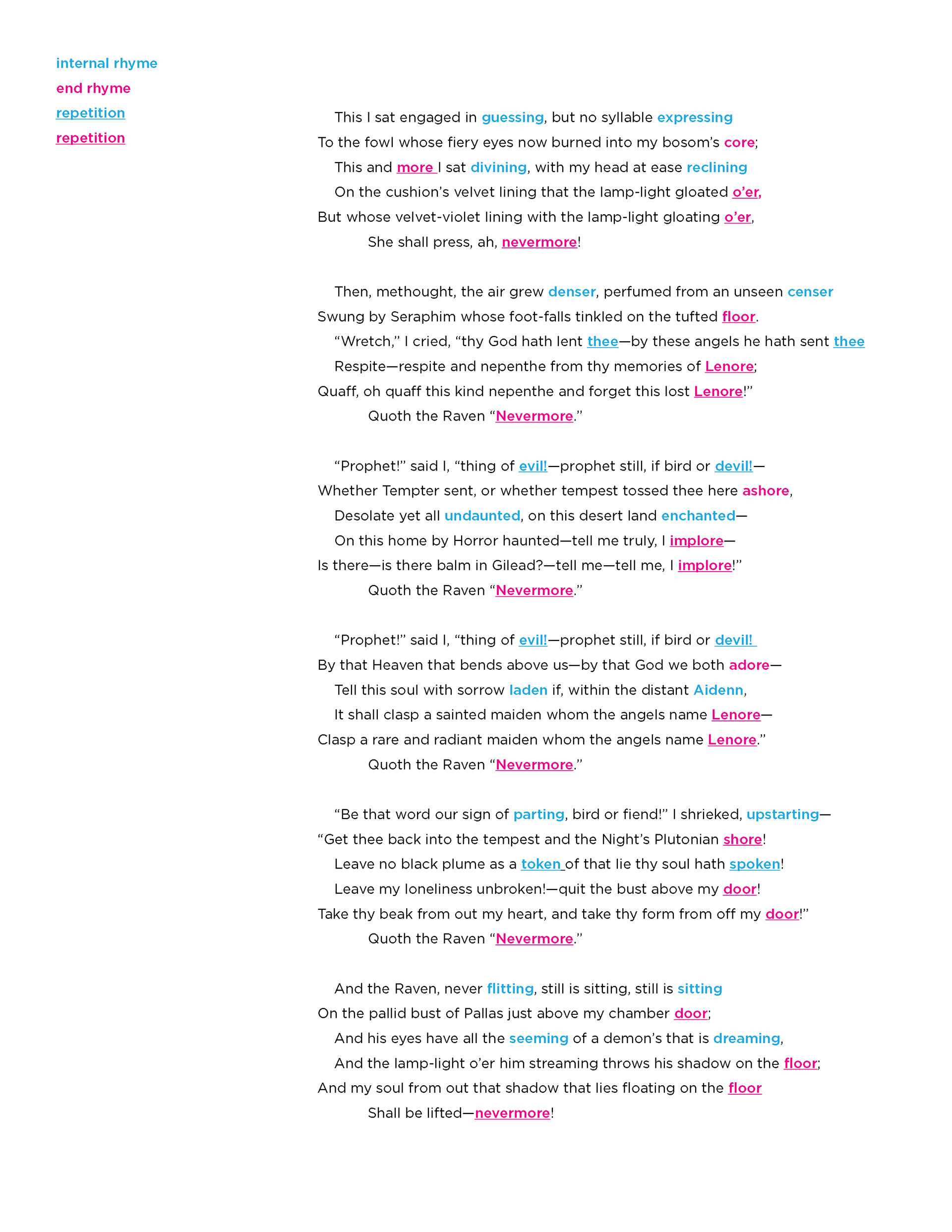DATA
The Reading Public: a Snapshot
Print remains most popular, but e-reading is on the rise. Among American adults 18 and older, the % who read at least one book (in total, in print, or as an e-book):
Almost half of the readers under 30 read an e-book in the past year. Among those in each age group who read at least one book in the past year, the % who read an e-book during that time.
*“Total” also includes those who listen to audiobooks (not shown).
Source: on the left, Pew Research Center’s Internet Project Omnibus Survey, January 2-5, 2014. N=1005 American adults ages 18 and older. Interviews were conducted on landlines and cell phones, in English and Spanish. On the right, Pew Research Center surveys, Dec 2011-January 2014. Interviews were conducted on landlines and cell phones, in English and Spanish.
The Gamers and the Players
Half of the adults play video games; 10% consider themselves gamers. The graph below shows the percentage of all adults who play video games on a computer, TV, game console, or portable devices such as a cellphone:
Men and women – gamers or players?
Source: Pew Research Center Survey, June 10~July 12, 2015, 2014. Note: Figures do not add to 100% due to rounding. “Play video games” include those who identify as gamers. E.g. 50% of adults play video games, including 15% who consider themselves gamers.
Who’s Excited About Virtual Reality?
Segments of the population most excited to experience virtual reality:
Segments of the population interested in trying interactive entrainment:
Source: Greenlight VR 2015 Consumer Report
Area of Interest
Demographic
Who: women, minority, students of literature, or college graduates. Tech-savvy, habitual readers of ebooks on tablet or cellphone, casual gamers, with access to a VR device. Enjoy literature and film, especially the mystery and horror genre; interested in the history of stories and places.
Desire: products that lead to dynamic experiences. Personalized, sharable, social, enjoy being surprised. Love traditional books but seeking a similarly immersed experience in the digital realm other than a cinematic or gaming experience.
INTERVIEW
Carly Lennstrom, College Student
Carly is a 23-years-old design senior at Cornish College of the Arts. She currently has two digital devices—a laptop and a smartphone—which she uses to read all the time. Her digital reading experiences range from text messages and emails to news, periodicals, and ebooks. She enjoys reading printed books, but mostly for leisure; and even though her current ratio of reading digitally versus print is at 2 to 1, her ebook purchases are mostly school-related, and she does not read webcomics or digital fiction via the app platform. For Carly, the downside of digital reading is eye strain, and she considers prolonged exposure to computers a negative aspect of our modern life.
A fan of Edgar Allan Poe, Carly went through a phase in high school where she read classic literature ardently – it is a genre that she still has a love for and can go to any time. There is a pureness in reading the text directly from a page, but Carly also appreciates adaptations in other mediums, such as films or animations. For books that she has not yet read, being introduced to the story through visual mediums can be desirable; but classical literature is a little different – it should either be faithful to the original text or made different to express an idea, whatever that might be.
For the most part, Carly enjoys her recent experience with VR, AR, and MR technology. While it is mostly considered as a gaming platform, and a new way to experience cinematic content, she believes there is great potential in education, special needs research, and design in general.
Ceci Miller, Editor in Chief, Realistic Studio / Terry Schenold, Instructor, Cornish College of the Arts and Lead, Critical Gaming Project, University of Washington
In talking with Terry, who is currently doing research in critical study and teaching of games; and Ceci, a published author with a background in editorial and publishing consultancy, one common thread emerged. The key challenge in creating a readerly experience of The Raven in the digital/virtual realm is to inspire the contemplative relationship, or reflectivity, that often happens in textual experiences. VR can be more than a digital toy – with games, freedom, and agency are usually privileged, but narrativity and artistic control can affect the user’s ability to act, or not act – these are the design decisions that will shape the user experience of The Raven. In addition, a user’s attention can be organized for different types of immersion along the way: is it a perception-centric design of the environment? Or is a user’s agency caught up in the process of reflecting on a system? How can the experience lead the users to think differently about the contents? While creating an occasion for further inquiry?
“Words have no power to impress the mind without the exquisite horror of their reality.”
— Edgar Allan Poe
STEEP (Social, Technological, Economic, Environmental, and Political) Factors
A potentially extreme political, social, and cultural shift is fast approaching the United States, and Poe’s quote expressed a sentiment especially poignant for many in recent days. Literature is a reflection of the human experience, as words are not merely words – written or spoken, it is just as capable of violence as it is of kindness. And no art form cares more about the weight of a word than poetry; at its best, poetry calls forth our innermost being, breaking free of the safe territory of our mind. It is powerful and necessary, especially during a time of uncertainty. Combining with virtual reality technology, the promise of expressing The Raven in all its dimensions makes this project a worthy exploration. As VR headsets become more accessible to the general public, the opportunity to create meaningful contents that encourage users to think differently and critically will be essential. New technology often affects our lives in unexpected ways; it is up to the content creators to help define and expand VR’s capacity in building relevant and purposeful experiences.
INSPIRATIONS








Resources & Articles
Edition at Play
an initiative by Visual Editions and Google’s Creative Lab to explore a new kind of book: one which makes use of the dynamic properties of the web.
Google’s New Interactive E-Books Would Be Impossible to Print
The Future of the Book
Wired: Geek’s Guide to the Galaxy
The Future of the Book
Narrative as virtual reality 2: Revisiting immersion and interactivity in literature and electronic media
Reader Idea | New York Times Virtual Reality in the Classroom
The 21 Steps
Pry
The Mozart Project
With over three hours of music, two hours of video, The Mozart Project is a compendium of 10 chapters, each providing a rich, multimedia experience of a different aspect of Mozart’s life and works, curated and authored by some of the foremost writers and scholars in classical music today.
What Virtual Reality Is Good For
The Philosophy of Composition (1846)
Gustave Doré’s Splendid Illustrations of Edgar Allan Poe’s The Raven
One of the busiest, most in-demand artists of the 19th century, Gustave Doré made his name illustrating works by such authors as Rabelais, Balzac, Milton, and Dante. In the 1860s, he created one of the most memorable and popular illustrated editions of Cervantes’ Don Quixote, while at the same time completing a set of engravings for an 1866 English Bible. In 1884, Doré produced 26 steel engravings for an illustrated edition of Edgar Allan Poe’s gloomy classic The Raven.
The Simpsons Present Edgar Allan Poe’s The Raven
The Raven
A short film/animation directed by Mariano Cattaneo & Nic Loreti, narrated by Billy Drago, music by Claudio Simonetti
“I would define, in brief, the poetry of words as the rhythmical creation of beauty.”
— Edgar Allan Poe
DESIGN DEVELOPMENT






